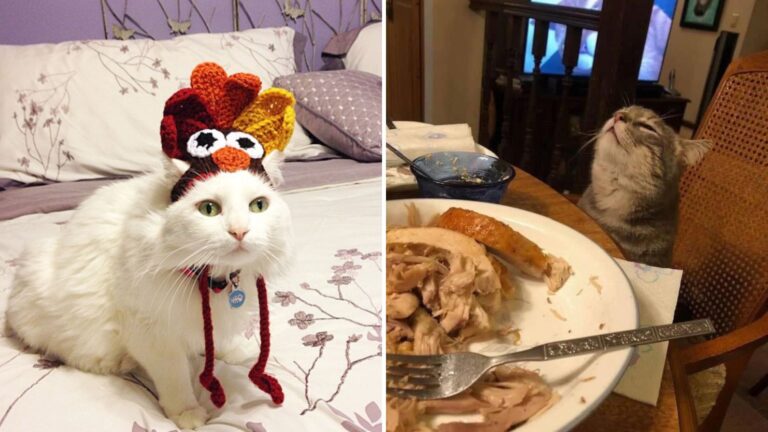10 Positive Reinforcement Techniques To Effectively Promote Your Cat’s Best Behavior
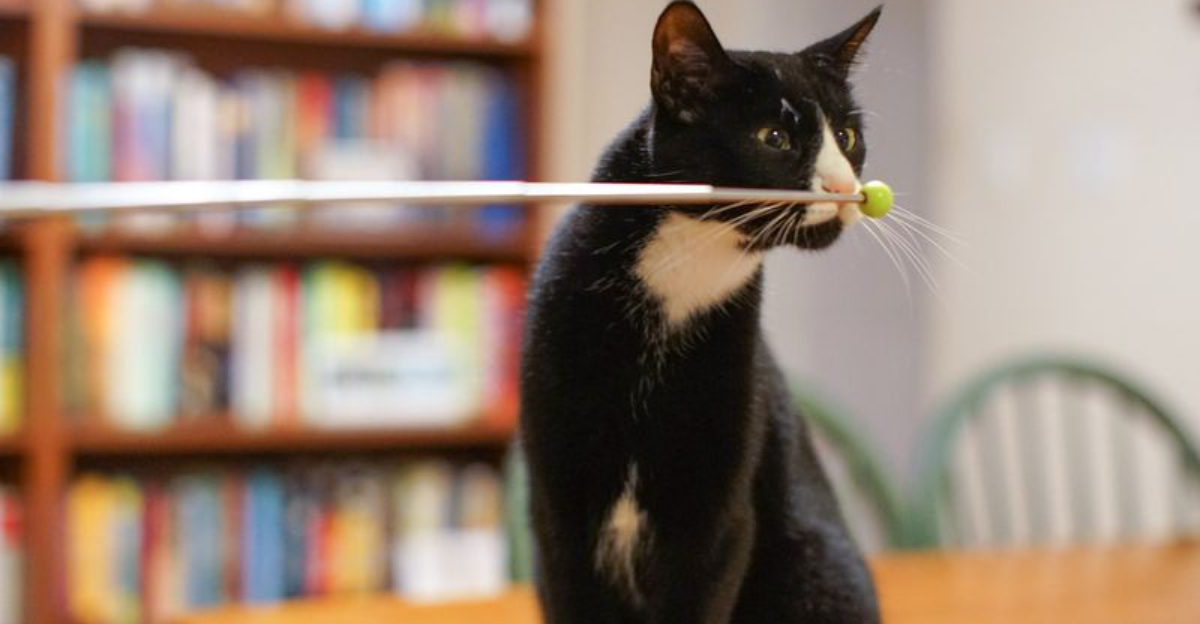
Cats are wonderful companions, but sometimes their behavior can leave us scratching our heads. Unlike dogs, our feline friends respond better to rewards than punishment when learning good habits.
Positive reinforcement – rewarding behaviors you want to see more of – creates a happy cat and a peaceful home. Let’s explore ten effective techniques that can transform your relationship with your furry friend.
1. Treat Timing Mastery
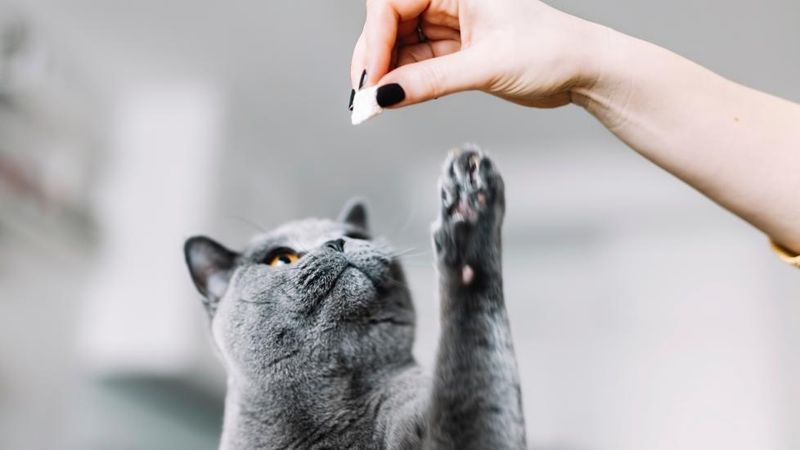
The secret to successful cat training lies in split-second timing. When your kitty does something right, immediately offer a small, tasty morsel. This instant connection between good behavior and reward creates a powerful learning moment.
Keep treats tiny and special – small bits of cooked chicken, tuna, or commercial cat treats work wonders. Your timing teaches your cat which specific action earned the reward, strengthening the behavior you want.
Carry treats in your pocket during training sessions so you’re always ready to reinforce positive actions. Remember: the shorter the time between behavior and treat, the clearer the message becomes to your feline friend.
2. Clicker Communication Magic

Clickers create a language bridge between you and your cat. This small device makes a distinct clicking sound that marks the exact moment your cat performs the desired behavior, followed by a treat reward.
Start by clicking and immediately giving a treat, repeating until your cat associates the click with something good coming.
Once established, use it to mark behaviors like using the scratching post or coming when called. The beauty of clicker training lies in its precision and consistency.
That distinctive click communicates exactly which behavior earned the reward, even if the treat takes a moment to deliver.
3. Play-Based Rewards System
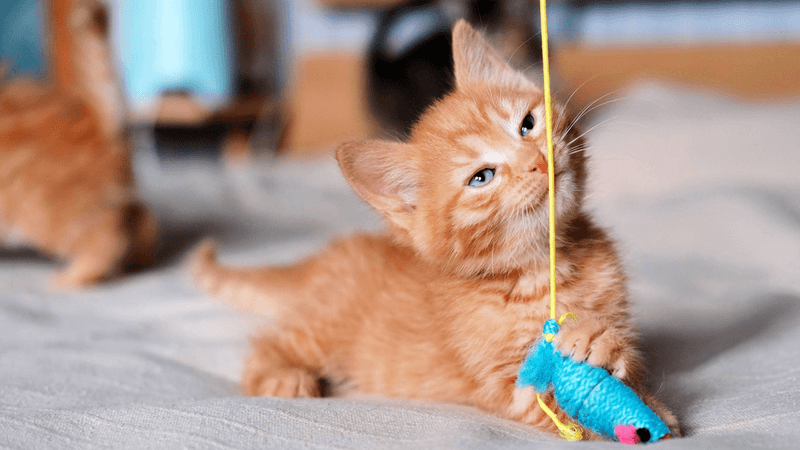
Many cats value playtime even more than food! Use their favorite toys as powerful motivation for good behavior. When your cat uses the litter box properly or scratches appropriate surfaces, initiate an exciting play session with a feather wand or catnip mouse.
Interactive play creates a double benefit – it rewards positive actions while strengthening your bond. Pay attention to which toys spark the most joy in your particular cat.
Keep special toys reserved exclusively for training rewards. This makes them more valuable and exciting in your cat’s eyes. Just 2-3 minutes of engaged play can reinforce behaviors better than any treat for playful personalities.
4. Verbal Praise Perfection
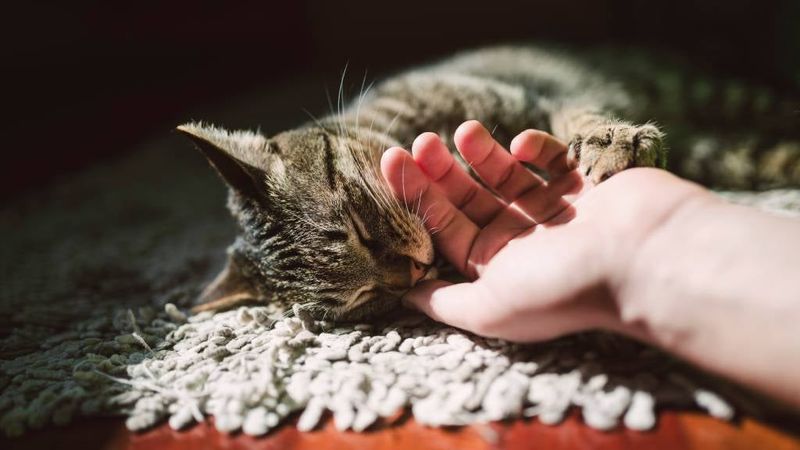
Your voice carries remarkable power in training your cat. When your kitty behaves well, offer enthusiastic praise in a high-pitched, happy tone. Cats respond to this vocal pattern instinctively, recognizing your pleasure.
Consistent verbal markers like “Good job!” or “Yes!” help your cat identify which behaviors earn your approval. Combine verbal praise with gentle petting for maximum impact – most cats love this dual-sensory reward.
The beauty of verbal praise? It’s always available, costs nothing, and strengthens your communication system. Your cat learns to recognize specific tones and words as signals of success, creating a language between you two.
5. Environmental Enrichment Incentives
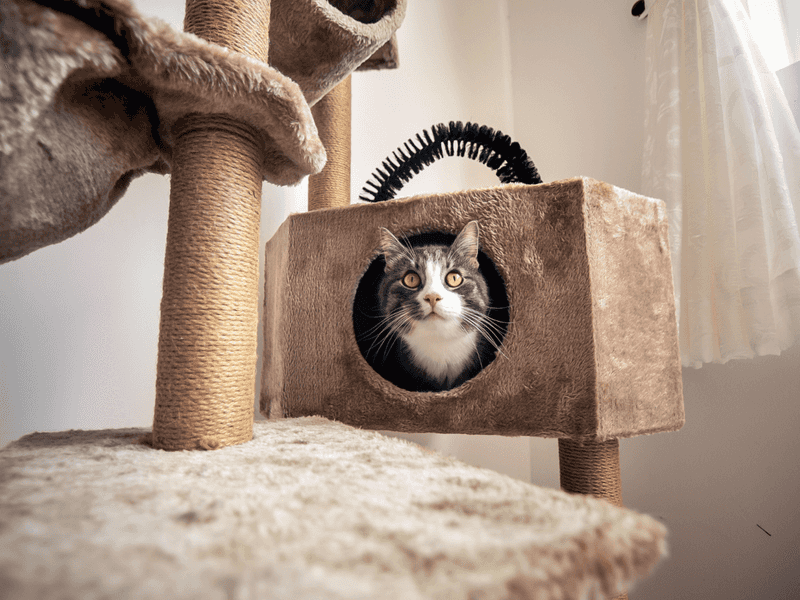
Transform your home into a behavior-rewarding playground! Strategically place cat trees, window perches, and hiding spots to naturally encourage proper scratching, climbing, and resting behaviors.
When your cat uses these appropriate spots, enhance the experience. Sprinkle catnip on the scratching post or place treats in puzzle toys nearby. This creates positive associations with these designated areas. Fresh scents and textures keep these spaces perpetually interesting.
Rotate toys, change bedding, or add new sensory elements regularly. The environment itself becomes a reward system, teaching your cat where certain behaviors belong without constant human intervention.
6. Affection-Based Behavior Shaping

Cuddles can be currency in the feline world! Many cats value physical affection as much as treats or toys. When your cat displays good manners, reward with their favorite type of petting – perhaps chin scratches, gentle ear rubs, or back strokes.
Study your cat’s body language to identify their affection preferences. Some adore belly rubs while others prefer head scratches. Tailoring affection to individual preferences makes it a more powerful motivator.
Physical bonding releases feel-good hormones for both of you. These positive emotions get linked to the behavior that triggered the petting session, making your cat more likely to repeat those actions.
7. Target Training Techniques

Target training opens a world of possibilities for cat behavior. Start with a target stick (or even your finger) and encourage your cat to touch it with their nose.
The moment they do, reward with a treat and praise. Once this basic touch becomes reliable, use the target to guide your cat to desired locations – into carriers, onto scales at the vet, or away from forbidden areas.
The target becomes a positive directional tool rather than physically moving your cat. Advanced target training can teach impressive tricks like high-fives or jumping through hoops.
This mental stimulation prevents boredom while reinforcing your cat’s responsiveness to cues, creating a well-behaved companion who enjoys learning.
8. Scheduled Feeding Advantage
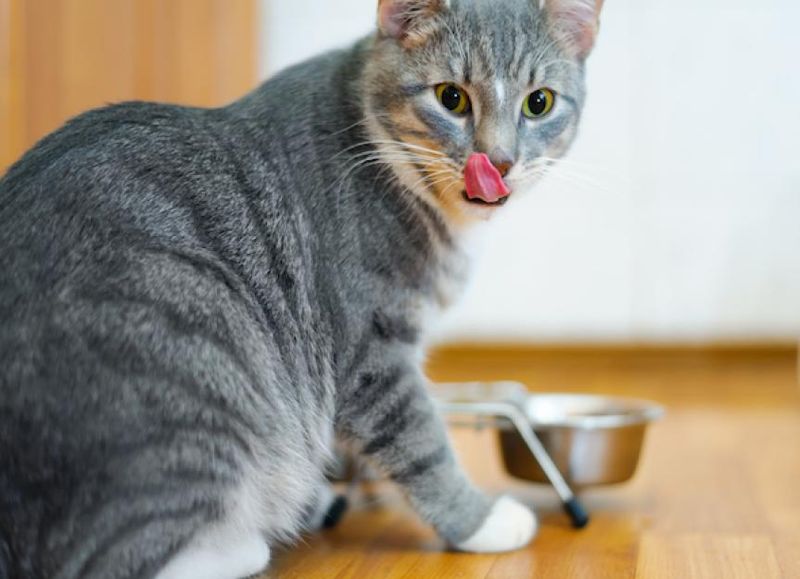
Mealtime creates powerful training opportunities! Switch from free-feeding to scheduled meals where your cat must perform a simple behavior before eating – like sitting calmly or coming when called.
Natural hunger makes food rewards extremely motivating during these sessions. Start with easy behaviors, gradually increasing difficulty as your cat masters each step. This technique works especially well for food-motivated felines.
Consistency matters tremendously with this approach. Feed at the same times daily and always require the same behavior before placing the bowl down.
Your cat quickly learns that good manners lead directly to dinner, creating lasting behavioral improvements with minimal extra effort.
9. Redirection Mastery Method
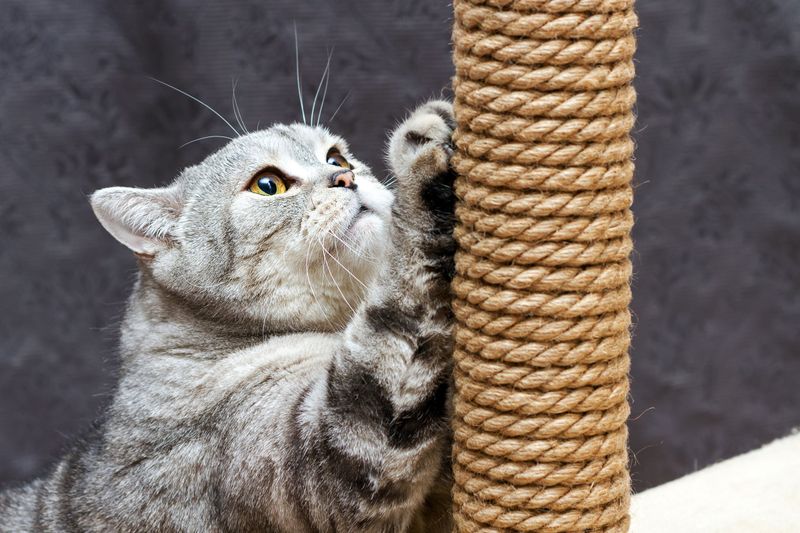
Redirection transforms problematic behaviors into acceptable ones through clever substitution. When your cat starts scratching furniture, immediately guide them to a proper scratching post and reward generously when they use it.
The key lies in having appropriate alternatives readily available. Keep toy mice nearby to offer when your cat attacks your feet. Place cardboard scratchers near furniture that tempts claws. Position cat trees by windows where counter-jumping occurs.
Never punish the unwanted behavior – this creates fear, not learning. Instead, consistently redirect energy toward appropriate outlets while heavily rewarding the substitute behavior. Your cat gradually learns which options earn rewards, naturally choosing those paths.
10. Consistent Cue Training
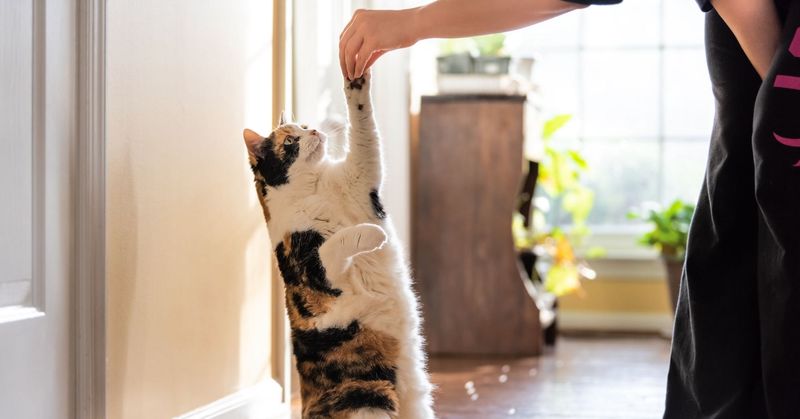
Cats thrive on predictability! Create simple, consistent verbal and visual cues for behaviors you want to encourage. A specific word like “bed” paired with a pointing gesture can signal where you want your cat to go.
Start training in quiet environments with minimal distractions. When your cat responds correctly to the cue, immediately reward with their favorite incentive. Gradually introduce the cues in different situations and locations throughout your home.
Patience makes all the difference here. It might take 15-20 repetitions before your cat reliably connects the cue with the desired action. The consistency of your signals matters more than the specific words or gestures you choose.






